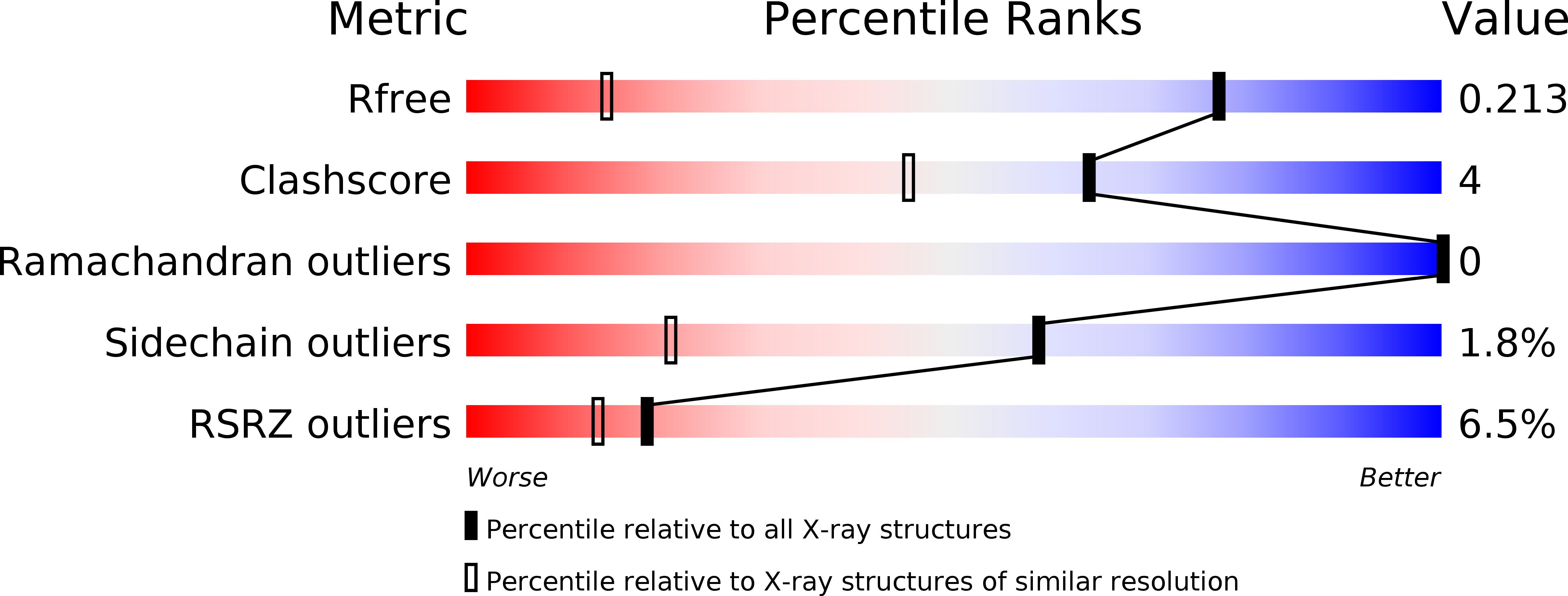
Deposition Date
2018-11-16
Release Date
2019-04-03
Last Version Date
2023-11-22
Entry Detail
PDB ID:
6ISM
Keywords:
Title:
Crystal structure of intracellular B30.2 domain of BTN3A1 mutant
Biological Source:
Source Organism:
Homo sapiens (Taxon ID: 9606)
Host Organism:
Method Details:
Experimental Method:
Resolution:
1.25 Å
R-Value Free:
0.20
R-Value Work:
0.17
R-Value Observed:
0.17
Space Group:
P 21 21 21


